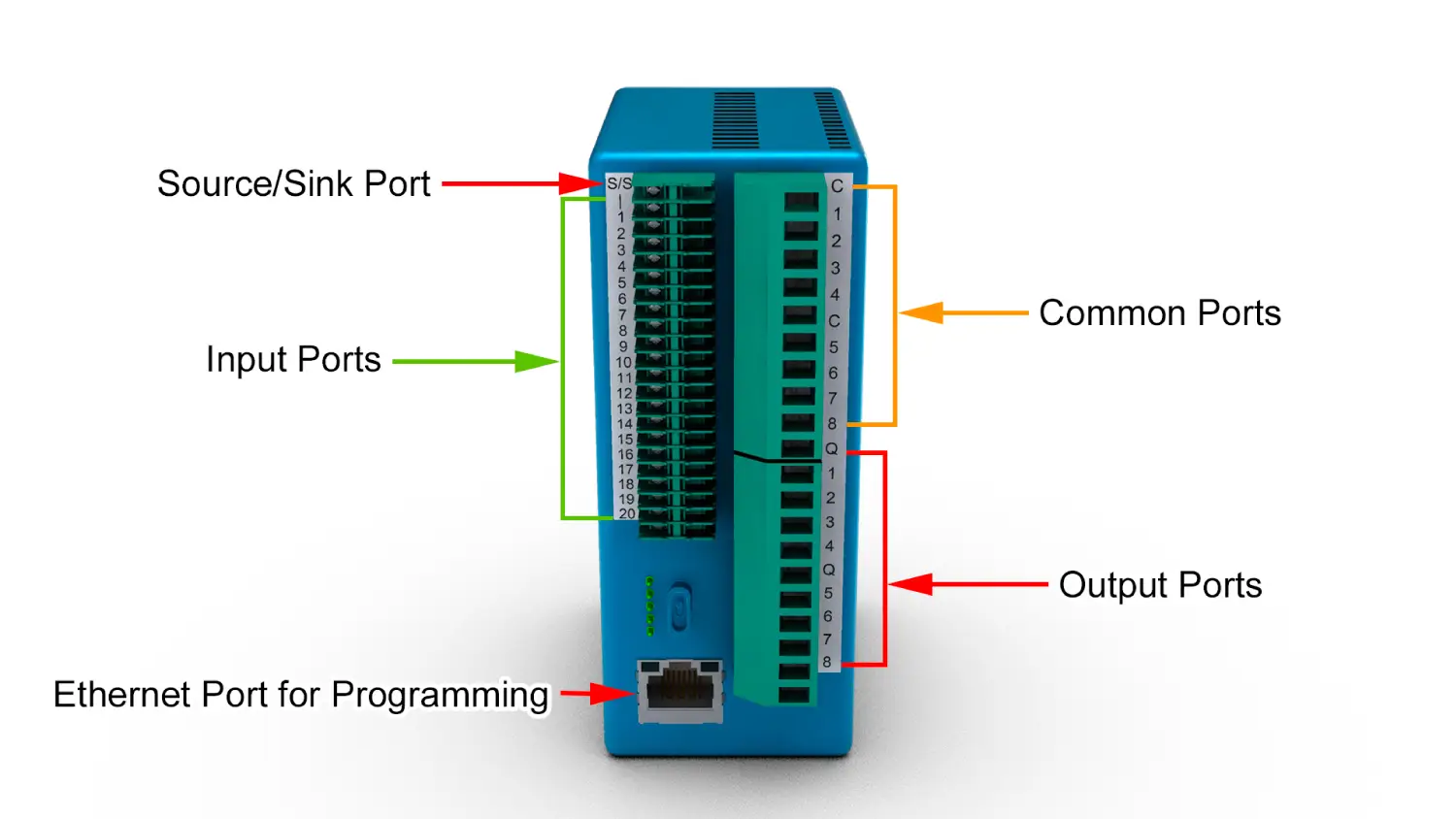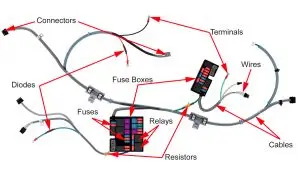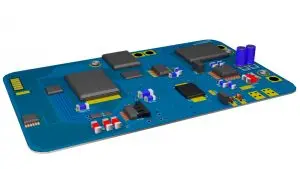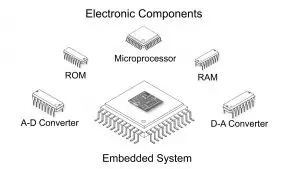Course Description
The THORS Programmable Logic Controller (PLC) Basics course introduces the learner to PLC components, such as the power supply module, Input or Output (I/O) module, field devices, programming device, and data processor. The course also covers PLC architecture that includes the different types of PLC arrangements and the operation of PLC, which is explained using examples involving industrial automation. Presented in THORS’ highly visual and interactive learning format, this course will equip the learner with a foundational knowledge of a PLC and its related automation processes.
Who will benefit from this programmable logic controller (PLC) course?
Quality, manufacturing, engineering, design, testing, purchasing, and sales functions at organizations that require a basic understanding of PLCs.
Course Classification
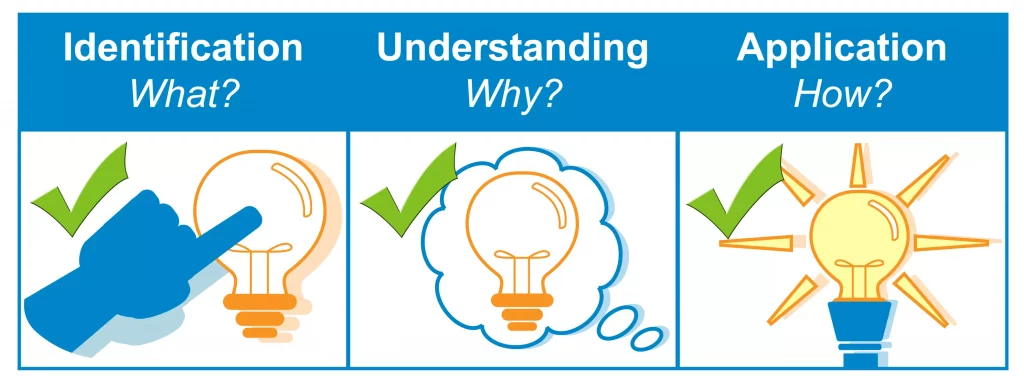
*THORS uses the Bloom’s Taxonomy Methodology for our course development.
Certificate Awarded for Programmable Logic Controller (PLC) Basics
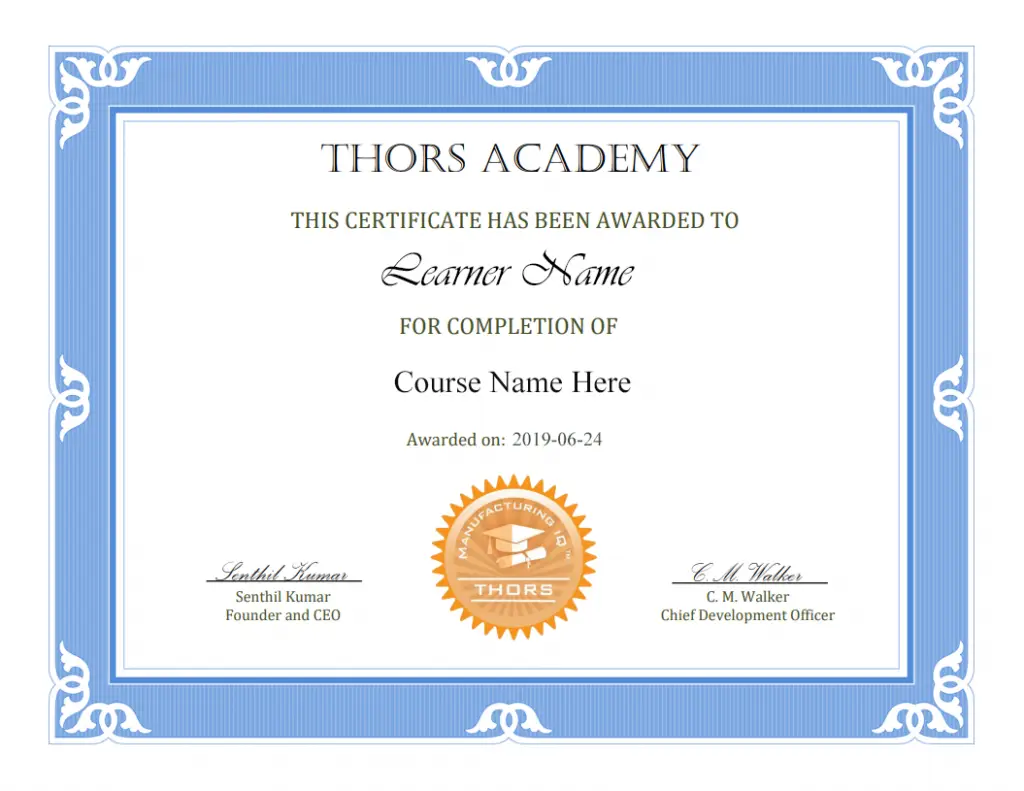
*upon successful completion
Related Posts
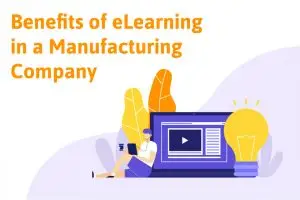
Benefits of eLearning in Manufacturing
In the world of manufacturing, training is essential. Every employee needs to understand how to use equipment, follow procedures, and maintain quality standards. With the advent
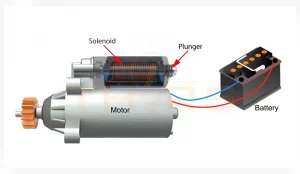
How a Solenoid Works: From Current to Magnetic Power
A solenoid is an electromagnetic device that consists of a tightly wound coil of wire around a metallic core with a metal plunger. When an
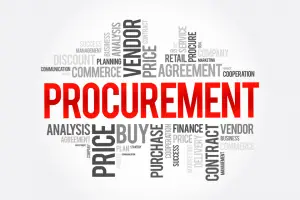
The Essential Skills of Modern Purchasing Professionals
In my professional career that spans more than three decades, I have had the privilege of working closely with purchasing. I can attest to the

